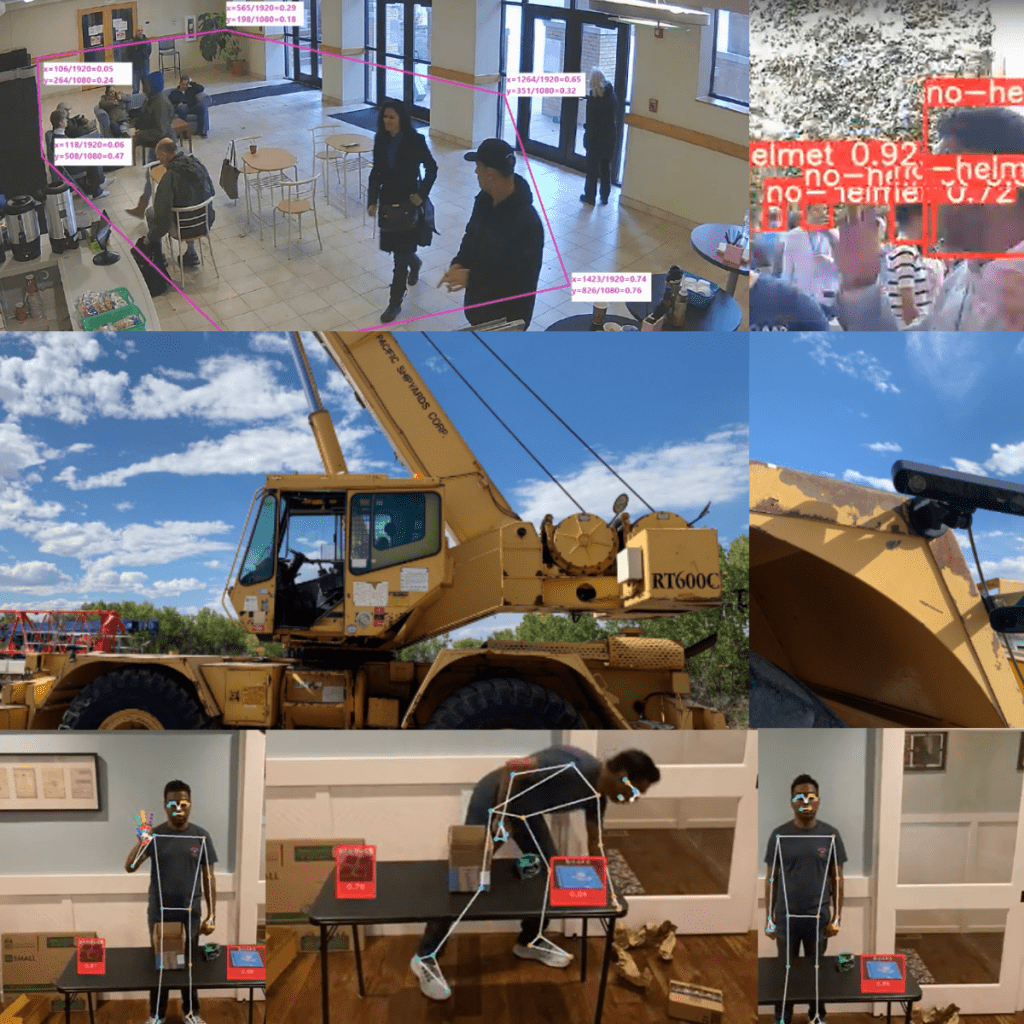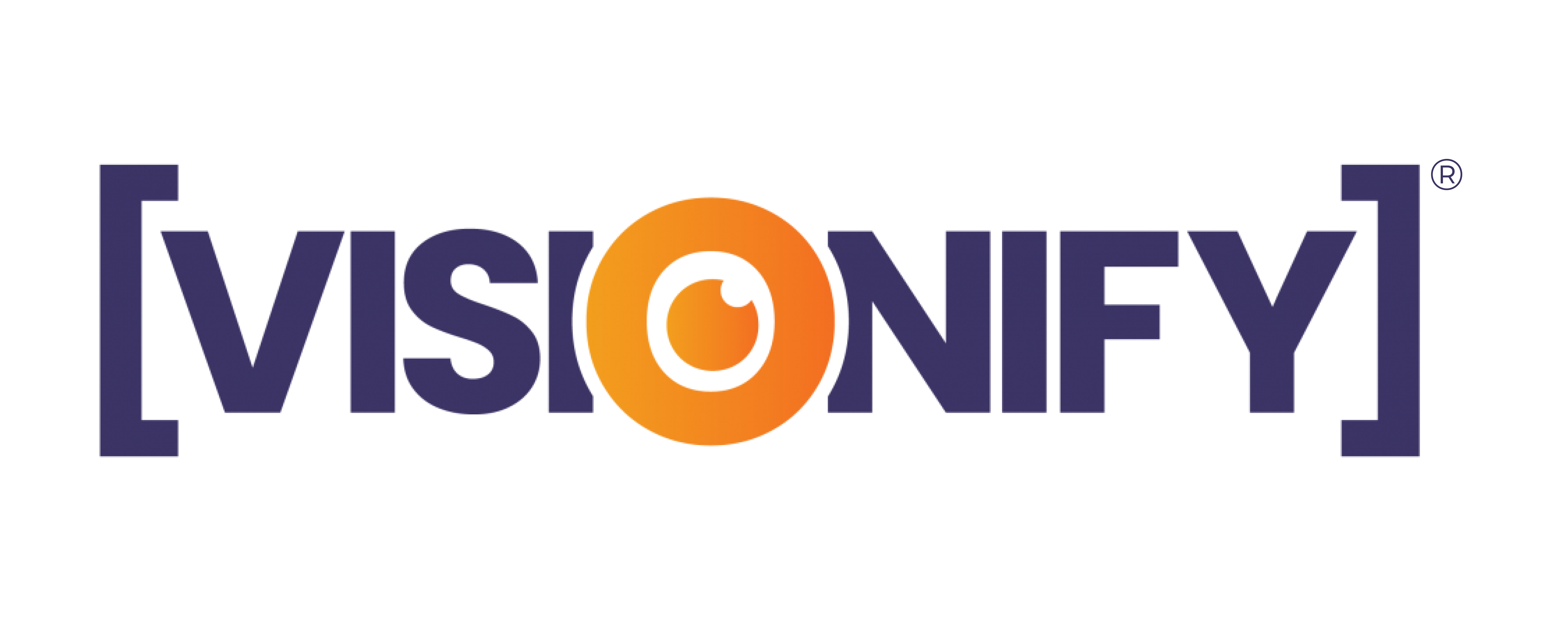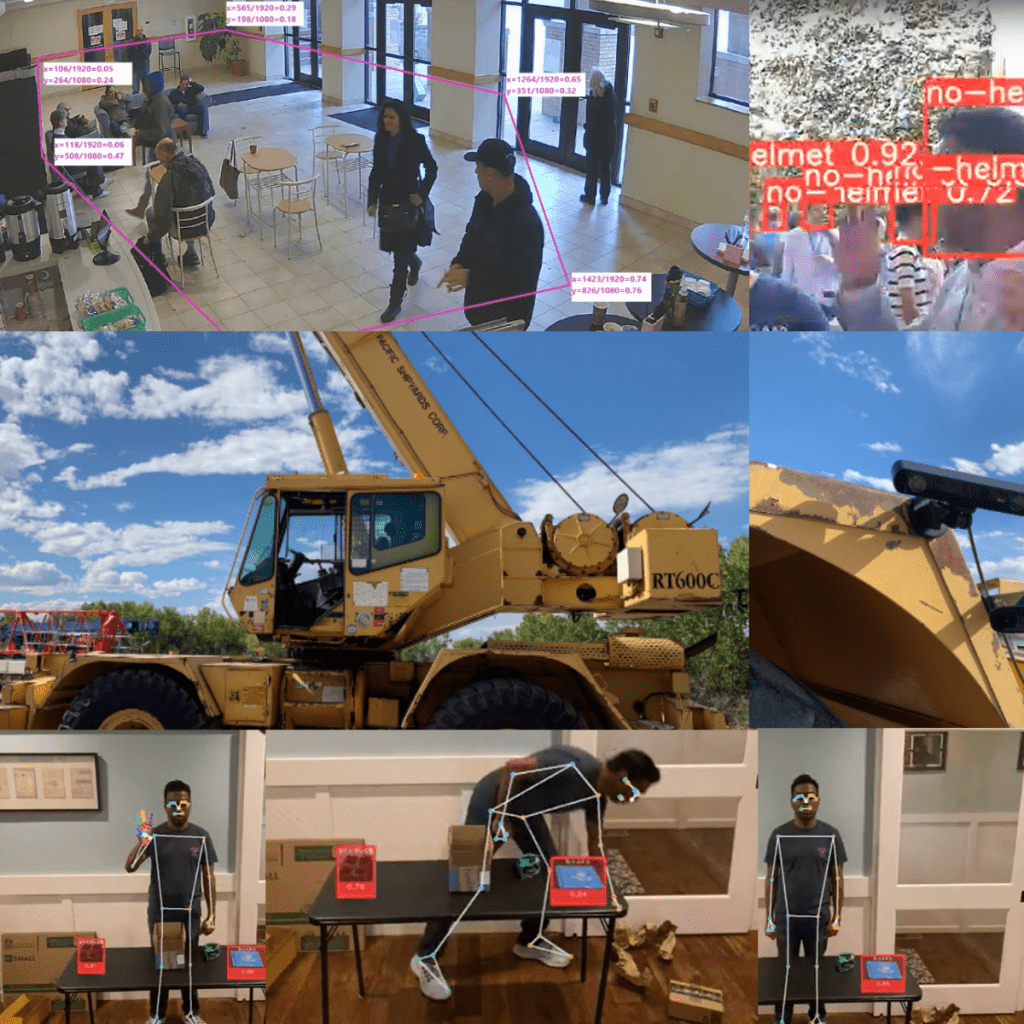
Have you ever crossed a pizza place, entered a shopping mall, and got suddenly bombarded by exciting offers and brand deals on your phone? I’m sure you must have experienced this and felt annoyed. This marketing gimmick relies on a technological concept called Geofencing. What this does is creates spatial and geographical boundaries around a particular area. The automatic messaging program sends a notification whenever a target object crosses that spatial boundary or geofence.
Interesting concept right? But Geofencing is not just a tool for marketing. Geofencing forms the backbone for many industry shaping technologies like Spatial AI.
Spatial AI is a subset of Computer Vision that deals with spaces and how objects within them behave. Today Spatial AI is being used across manufacturing, mobility, defense, retail, healthcare, and, of course, marketing industries to address and tackle a thousand different problem statements and operational challenges. This blog discusses how Spatial AI models work and help businesses improve safety, increase efficiency and enhance their services.
What is Spatial AI?
Spatial AI helps track, detect, and quantity objects within a defined space. In addition, it tracks the distance between objects, defining their characteristics while delivering enhanced mobility tracking and analytics. To put it simply, Spatial AI helps track objects in a particular space and how they affect that space.
Here are some applications and use cases:
| Application | Example |
| Collision avoidance systems and Safety compliance | Construction sites with cranes; Self-driving cars; Alert-based Geofencing for hazardous areas on a factory floor |
| Factory tools and Equipment compliance | Ensuring proper use of devices and toolkits, Monitoring equipment check-ins and check-outs |
| Security and Resource management | Monitor unauthorized access with geo-fencing, make sure employees are deployed in their designated work zones |
| Drone technologies and Flight Management | To detect other objects in close vicinity, create no-fly zones for security reasons |
| Healthcare | Mapping the spread of a disease |
| Fitness and Sports | Body movement tracking, Pose and Performance monitoring analytics, sports metrics |
| Sporting and Gaming events | Predictive analysis based on a player’s in-game performance and movements |
To understand Spatial AI better, let’s consider some industry use cases
Collision Avoidance Systems: Collision Avoidance Systems for cranes can detect nearby obstacles and collision courses (for example, buildings, workers, barriers, other cranes, construction vehicles and construction structures) and notify the crane operator with real-time feedback and warnings.
This is possible due to the geofencing of the area, which splits the operational space into various zones. Whenever 3D depth cameras detect a crane part entering a hazardous zone, an automated notification gets sent to the crane operator. This increases safety by a huge margin and helps optimize human resources.
Self-driving cars: One of the fastest growing commercial uses of Spatial AI can be witnessed in self-driving cars that follow the same collision avoidance principle for automatically braking, speed reductions, lane changing and self-steering.
Safety Compliance: Another widespread application of Spatial AI is to prevent fatal accidents and improve factory safety. Be it dangerous machinery or deadly zones on a factory floor, Spatial AI uses sensors and smart cameras to detect human presence in hazardous zones and trigger warnings. Additionally, Spatial AI helps monitor the efficient working of all resources and compliance with equipment usage.
How does it work?
Neural Inference fused with depth map, Semantic Segmentation, and Stereo Neural Inference are some of the most commonly used principle techniques for Spatial AI modeling.
Neural Inference fused with depth map: Neural Inference is a technique that uses object and landmark detection results with depth maps to estimate spatial coordinates of objects and landmarks in the frame.
This technique runs Inference on colored and mono frames to determine Regions of Interest (ROIs) (regions-of-interest) with their respective bounding box, which helps with 3D Object Detection in a space.
Semantic Segmentation: This helps the machine clear the confusion between known and unknown objects. Machine Learning models can be trained with known things that are to be encountered – such as tools, other machines, workers, equipment, and facilities. The list of unknown objects would be non-exhaustive, making it difficult to train the model to detect objects never seen before.
To tackle this, Semantic Segmentation uses a “negative” object detection system where Segmentation is performed on surfaces that are not objects. Therefore anything that is not identified as a surface is automatically considered an object. This allows the navigation system to know the location of objects and take appropriate action.
Stereo Neural Inference: This mode of neural Inference runs landmark detection on both the left and right camera to produce stereo results. After we have the 2D positions of landmarks from both left and right cameras, we can calculate the disparity between their results. The disparity is then triangulated with calibrated camera intrinsics to yield 3D position of all detected features.
Stereo neural inference can be used to find:
- Facial landmarks
- Features of a product
- Features of a vehicle
- Pests or diseases on a plant
The pace at which spatial AI is transforming industries is exciting, but we’ve only scratched the surface of what it offers. As new AI and ML solutions are created each day, the potential applications of these technologies continue to expand. Visit Visionify DesignRush Profile.


